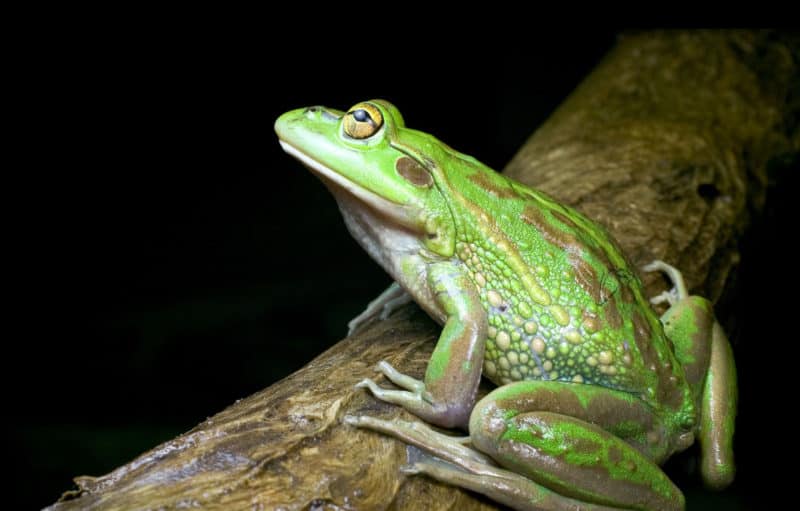MEDIA RELEASE 2 February 2017 |
Conservation groups are delighted the Anglesea Heathlands are to be included in the Great Otway National Park.
“Protection of Victoria’s richest and most diverse vegetation community, the Anglesea Heathlands, was long overdue,” Victorian National Parks Association executive director Matt Ruchel has said.
“For decades we have campaigned with the Geelong Environment Council and local group ANGAIR to have the Anglesea Heathlands protected.
“The 2015 closure of Alcoa’s Anglesea mine and power station, and now the delivery of the 2014 election commitment by the Andrews Government, has finally secured that protection.
“The environment minister, Lily D’Ambrosio, and her predecessor, Lisa Neville, are to be thanked and congratulated for delivering such a major conservation win for Victoria.
“There is just one more step that has to be taken for the heathland’s formal protection, the passing of an amendment to the National Parks Act in State Parliament in May. We would expect all political parties to strongly support this very important conservation initiative,” Mr Ruchel said.
The Victorian Government made the announcement in February 2017.
What is so special about the Anglesea Heathlands?
- The heathlands cover 6500 hectares, protect more than 700 native plant species (about a quarter of Victorian flora), including over 100 orchid species.
- Listed on the Register of the National Estate for their biodiversity value, both in terms of their highly diverse flora and abundance of native wildlife.
- An ecological asset of international significance.
- One of the few remnants of natural vegetation in south-western Victoria to have escaped farming and urbanisation.
- Different from any other Australian heathland and are the richest and most diverse vegetation community recorded in Victoria.
- Significant flora include eight rare or threatened species at the national level, and 20 at state level. Two species, the Anglesea Grevillea and the Anglesea Slender Sun Orchid, are endemic to the area.
- Orchids are an outstanding feature, from the tiny Helmet Orchid to the Great Sun Orchid. The heathlands are one of the most orchid-rich sites in Australia.
- They are home to more than 100 species of native birds, including the Powerful Owl and Rufous Bristlebird.
- 29 mammal species, including the critically endangered New Holland Mouse and rare species such as the Swamp Antechinus and White-footed Dunnart, have been recorded in the heathlands.
